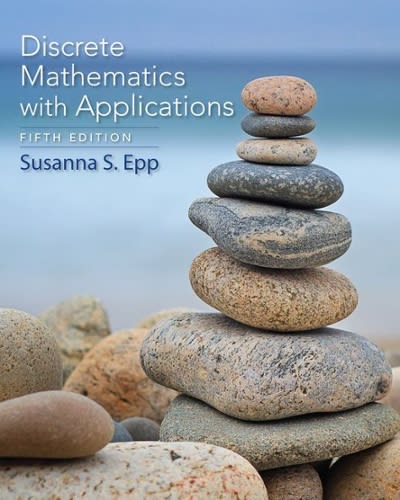Question
You wish to test whether a coin lands heads and tails with the same probability. Use p to denote the probability that the coin lands
You wish to test whether a coin lands "heads" and "tails" with the same probability. Use p to denote the probability that the coin lands "heads".
(a) State the relevant null and alternate hypotheses.
(b) Suppose you choose to reject the null hypothesis when in 10 tosses you get more than 7 or less than 3 "heads".
i. What is the power of your test when the true probability of "heads" is 0.6?
ii. What is the probability that your test results in a Type II error when the true probability of "heads" is 0.3?
iii. Write an expression for the power function ?(p) of the test.
iv. What is the size of the test?



Step by Step Solution
There are 3 Steps involved in it
Step: 1

Get Instant Access to Expert-Tailored Solutions
See step-by-step solutions with expert insights and AI powered tools for academic success
Step: 2

Step: 3

Ace Your Homework with AI
Get the answers you need in no time with our AI-driven, step-by-step assistance
Get Started




